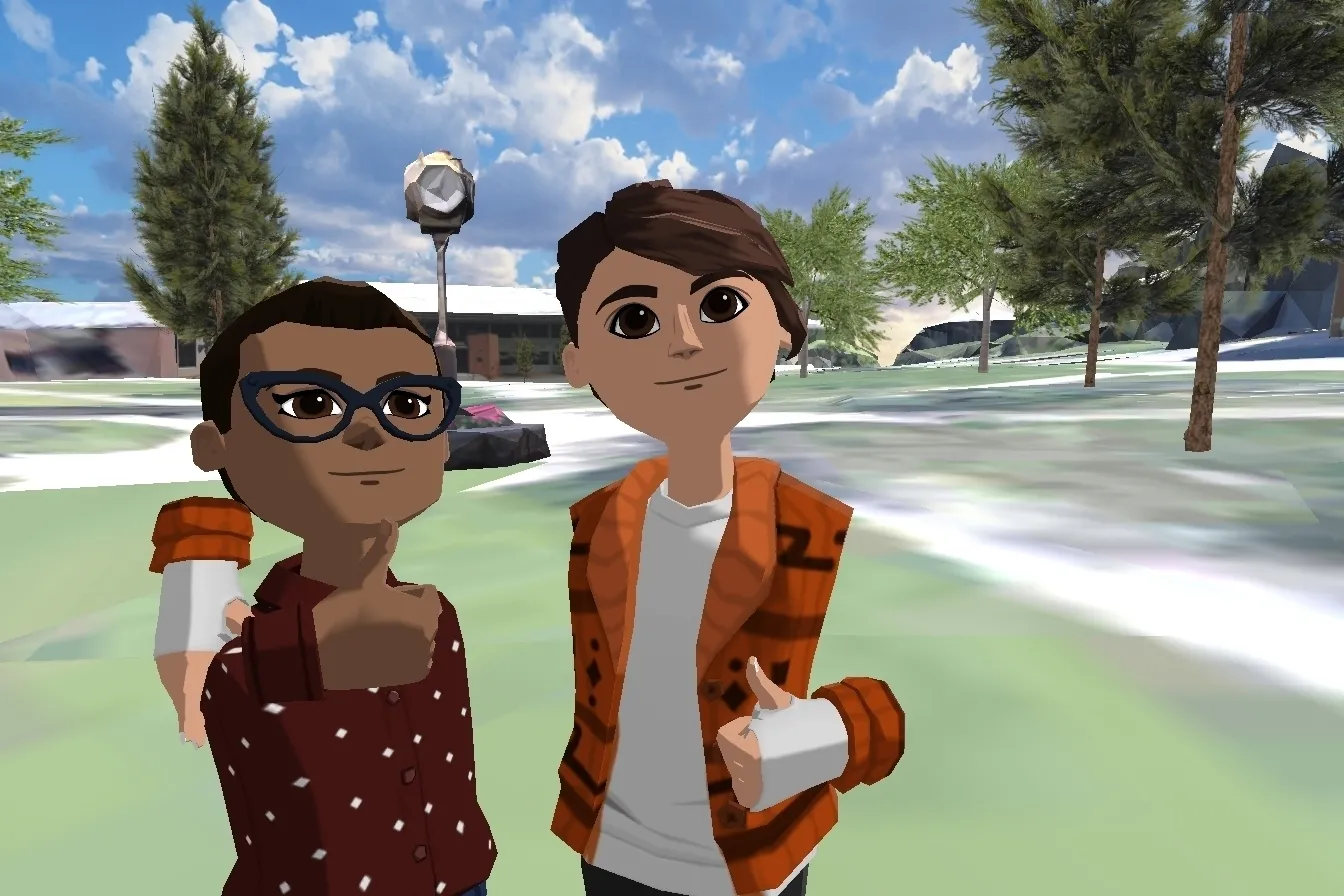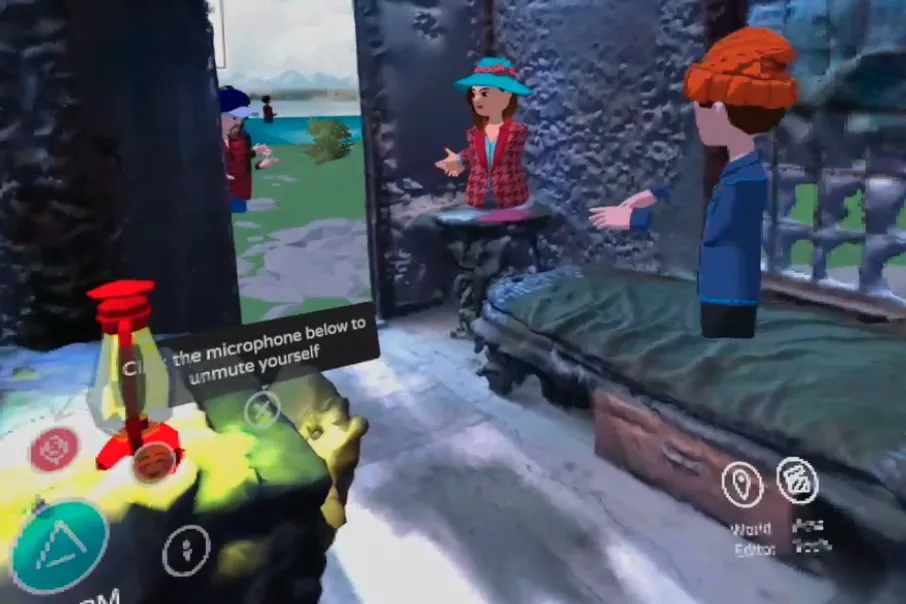Assistant professor of Education Christine Havens-Hafer’s students are immersing themselves into virtual reality (VR), creating lesson plans designed to help their hypothetical students create deeper and more authentic connections to concepts and spaces.
For example, a pair of students used a virtual environment for a science lesson on predatory animals. Using Oculus Quest headsets, students are taken on a guided tour of the landscape with stops along the way to discuss facts about the animals. They also have an opportunity to answer and ask questions within the VR environment.
Another pair of students used the free VR experience, Anne Frank House, to bring their class to the secret annex where Anne Frank and her family hid. With the headsets, students can physically move through the space while reading information about what each room was used for, who stayed in the room, and how the family navigated dangerous intrusions from the outside world.

